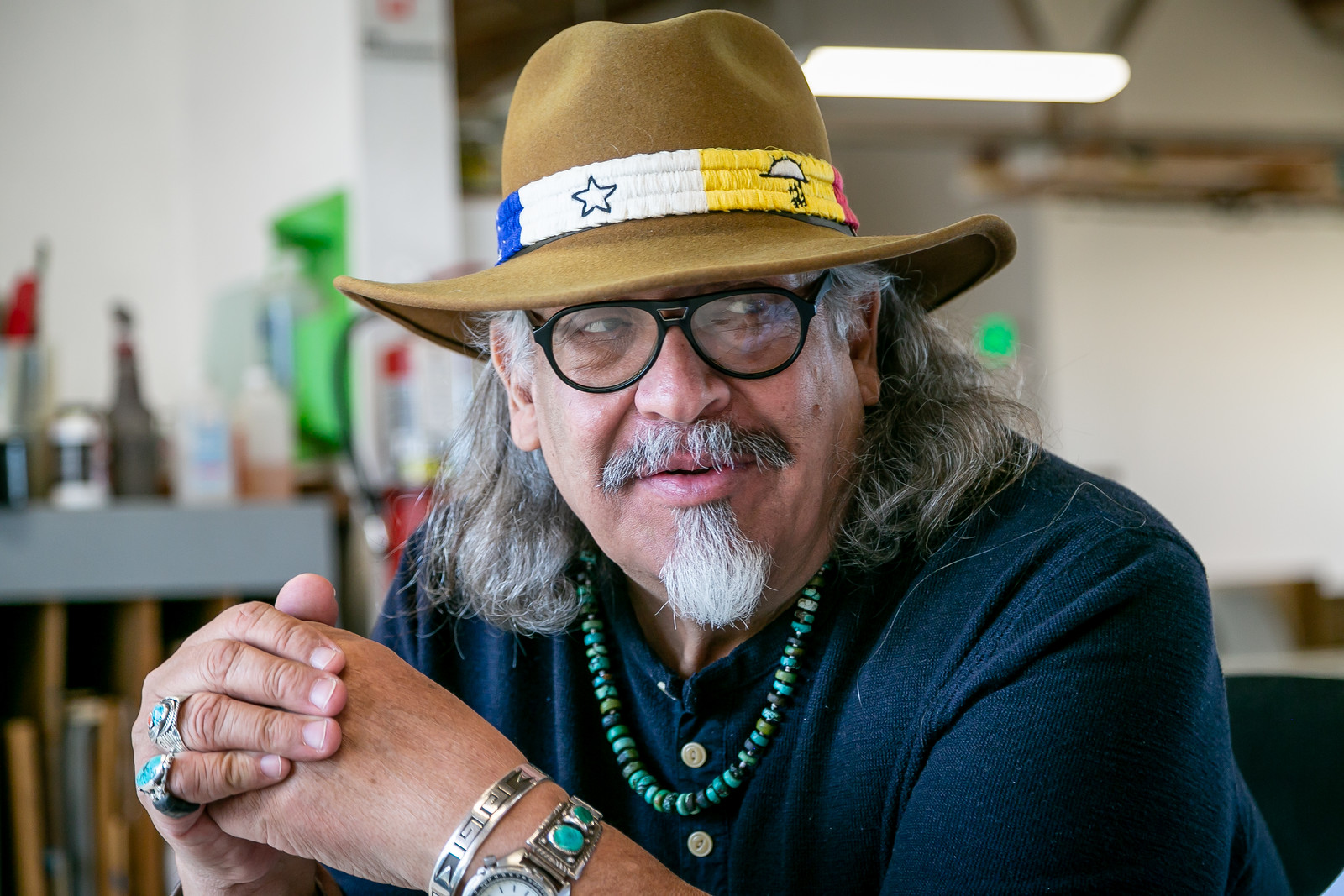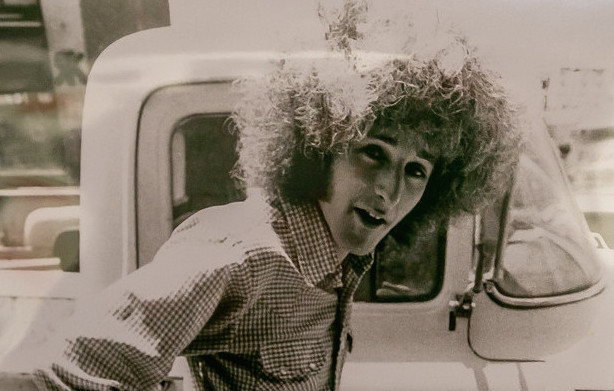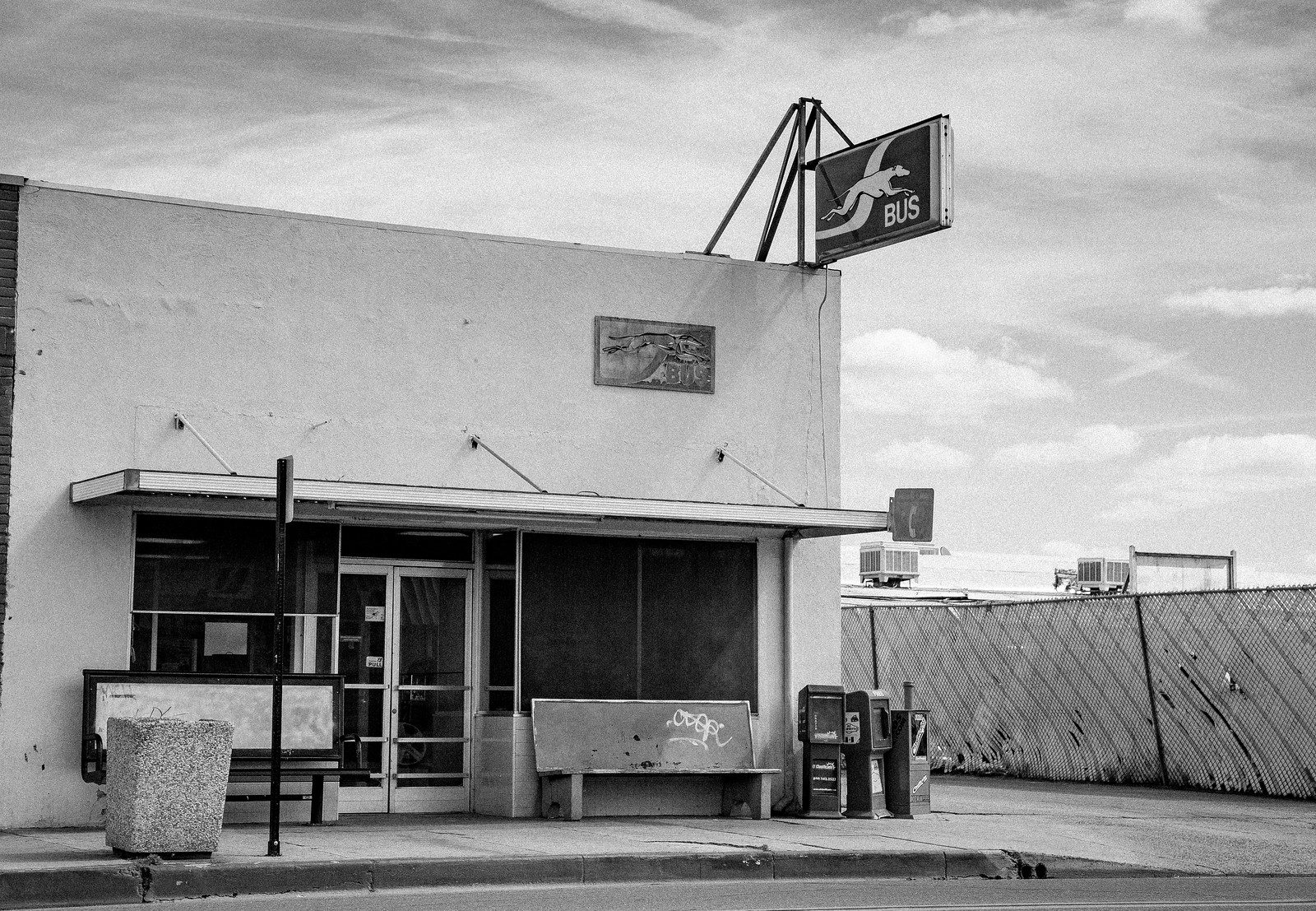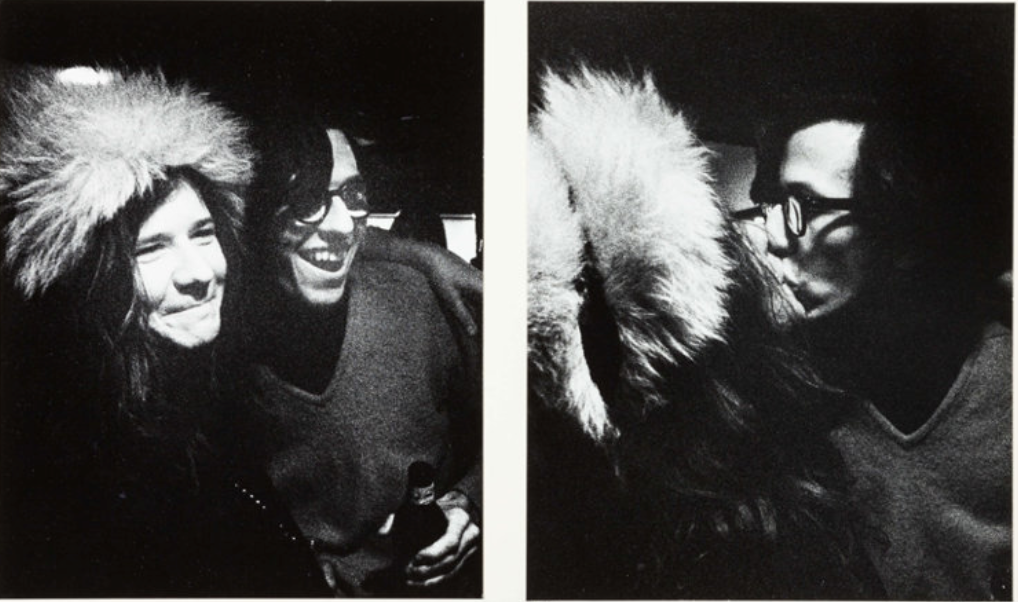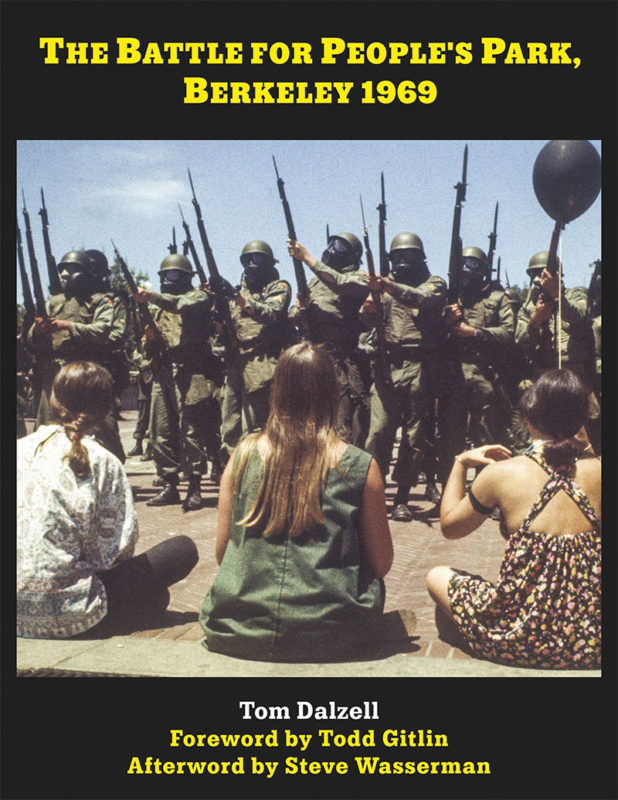Another year, another 52+ Quirky Berkeley posts. How do you do it Tom? It’s simple – Berkeley giveth, I posteth. This is post #702 in the short happy life of Quirky Berkeley. To me that is a big number.
Quiz: Why this Cosmopolitan? Prize: a copy of Quirky Berkeley Vol. 3.
As I did in 2015, 2016, 2017, and 2018, today I look back and choose some of the highlights of Quirky Berkeley, 2019.

One of my all-time favorite posts was this year’s about Linda Gallaher Brown and her friends Ophelia and Drac on her Virginia Street porch. The post gives the history of Drac and his friend Ophelia, as well as taking a look at several quirky collections inside the house and a quirky painted path in the backyard.
My post about the mysterious medallions that have appeared around Berkeley has grown several times with submissions by readers of newly spotted ones. I love their whimsy. I love that nobody knows who is making them. Berkeley!
I make friends easily in this world of Quirky Berkeley. In my post about Emmanuel Montoya you will see his fantastic Chicano-informed art and you will, if you pay attention, see how much I like him and like knowing him
One 2019 post brought two Quirky Berkeley Superstars together – Doug Heine (sculptor and painter) made a killer fence for Rob Gaross (caboose in his driveway).
In my post about Al Geyer and his Annapurna head shop/import shop on Telegraph, we learned about his journey to making the store and his 50 – yes, 50! – years on Telegraph.
I published three posts about the late Alan Cohen. The first post was about the first day of the estate sale run by Geneva and Julie Addison, two Quirky Berkeley Saints. I did two more posts, one about the second day of the estate sale and one about the Cohen family. Working with the Addisons and Abbie Cohen was wonderful, the physical manifestations of Alan Cohen’s obsessions were tremendous, and I have gotten to know Alan’s brother Ron who is a distinguished scholar of American folk music.
My post about chronological errors made me happy. It features technology that it is of the past but still with us.
Harold Adler was on the Mayflower of Quirky Berkeley and still is. My post about him is part Berkeley history and part glorification of his Art House on Shattuck, a big 1960s living room with a kick-ass sound system and light show.
I published my post on Reid’s, where gospel music is king, a few months before it closed after decades in Berkeley. The gentrification of Berkeley has come with a price, part of which is a significant reduction in the African-American population, from 23.5% to 8.6% of the city. And now Reid’s is gone after 74 years in business.
In 2019 we continued with our occasional black and white posts, including posts featuring old and former gas stations, the bars of San Pablo Avenue, Berkeley’s Liquor Stores, and the second installment of Berkeley’s dark, Satanic mills.
John Storey complains about having to lug his black and white camera around and developing the film and printing them, but I think it’s worth it. These photos rock.
Oh yeah, I also did a mostly black and white not-Berkeley-but-who’s gonna stop me? post about Delano, 1968, the United Farm Workers, and ME.
I also continued nimbly tripping the light fantastic into Berkeley’s proud quirky past.
Jenny Hurth and her mother Alice Schenker came up with more fantastic graphic material from the Print Mint.
With a kickstart from the Berkeley Architectural Heritage Association, I posted on El Dumpo, a bygone eatery on Alston.
I worked long and hard on what turned out to be a long but brilliant post on R. Crumb and his in-and-out relationship with Berkeley over the years. I am proud of this post.
I did another long, researched post on Big Bill Miller, his time at The Store, and his time with the Berkeley Provos.
I introduced the concept of a mini post with this one-note-song post on Liane Chu’s Red Square Dress shop on Dwight, a seminal hip business in the late 1960s with People’s Park founding cred.
The time I spent with Tom Dunphy for my post about his public alter ego of General Wastemoreland was among the best time of the year.
Last of my posts about the past was a post presenting advertisements from 1968 for counterculture business in Berkeley.
Lest you think I have lost my mind, 2019 was the year of –
It was the 50th anniversary of the founding of People’s Park. With eternal gratitude to Steve Wasserman, Heyday Press published my Battle for People/s Park. I wrote the book, based on 125 interviews and 300 written first-person contemporaneous accounts, primary, in a crazed six-month period in 2018. I am Oh So Proud of the end product and happy with our choice of history told through the lens of first-person narrative. The events around the book launch were uplifting to the max, none more than the two evenings with Donovan Rundle. For 50 years Donovan has carried the pain and horror of an unprovoked shotgun blast to his gut.
.Ram Dass died on December 22.
He had many connections in Berkeley. He was a visiting professor Cal in the early 1960s and was an integral part of Seva, based in Berkeley. Since 1978, Seva has provided sight-saving surgeries, eyeglasses, medicine, and other eye care services to under-served populations in the developing world.
Larry Brilliant and Girija Brilliant, co-founders of the Seva Foundation wrote passionately about Ram Dass and his role at Seva and in their lives.
In memory of that sweet soul Baba Ram Dass, let us pledge to fill our endeavors with compassion, love and hope. That is our tribute to our beloved brother and friend, who was born Richard Alpert and enlightened us all on his life-long journey to become Ram Dass, servant of God.
Go in peace Ram Dass.
I sought out my friend. I showed this draft Best Of post to him and and asked for his honest opinion of what I had put together.
He was immersed the copy of the 13th century German knight and epic poet Wolfram von Eschenbach’s Parzival that came to me from the library of Reinhold Aman.
Reinhold Aman died on March 2. Jesse Sheidlower, a very good friend who wrote The F Word, wrote this remembrance of Aman. Aman was as born in Fürstenzell near Passau, Bavaria. He emigrated to Canada and then the United States. He received his PhD in Medieval German from the University of Texas in 1968. His dissertation (“Der Kampf in Wolframs Parzival”) analyzed the 151 battle scenes in Von Eschenbach’s Parzival.
Sheidlower wrote: “A scholar with high standards for the work of others and higher standards for his own work, he was rooted in Bavarian scholarship. After receiving his PhD, he returned to the University of Wisconsin – Milwaukee as an assistant professor of German, teaching a range of courses in linguistics and German.
He retained an interest in German dialectology, writing about Bavarian and Yiddish, and published Bayrisch-Österreichisches Schimpfwörterbuch (“Bavarian-Austrian Dictionary of Swearing”) in multiple editions.”
I got to know Aman in the 1980s through my slang work and his Maledicta, a journal of verbal aggression. It was spectacular, serious scholarship from around the world. He was really something. Maledicta was published in 13 volumes from 1977 to 2005
Aman knew of the work of my great grandfather Julius Goebel and gave me a copy of The Journal of English and Germanic Philology from 1918 that Goebel edited.
After doing a 16-month bit in federal prison for verbal aggression in two postcards to his ex-wife and a 2-page pamphlet Legal Slimebags of Wisconsin mailed to many Wisconsin lawyers and judges, Aman settled in a small house in Rohnert Park with his books and feral cats.
I visited him a few times a year. He took me to nearby Burger King each visit where I had french fries (lower case – the reasoning given by the AP Stylebook writers is that french describes the style of cut and doesn’t refer directly to the country) and a BK VEGGIE® Sandwich, a flame-grilled soya burger topped with fresh lettuce, juicy tomatoes, slices of white onions and ketchup, all on a toasted sesame seed bun. Aman was frugal except when it came to his cats. He was generous and kind and giving with me.
He died suddenly, quietly, while he was feeding his cats. I spent several days helping his daughter Susan Fries clean out the house. It was sad and lovely and sad and inspiring.
My friend doesn’t read German let alone Medieval German, but he was “digging” Parcival all the same. He was drawn to the women in the poem – Herzeloyde (Parcival’s mother), Sigune (Parcival’s cousin, the daughter of Kyot of Katelangen and Schoysiane) and Condwiramurs (Parcival’s devoted wife who by means of her conduct and beauty was yearned for, served and elevated, becoming in effect larger than life and actually transcending the nature of the world), who were involved in Parzival’s search for the Holy Grail.
I apologized for interrupting my friend’s waxing eloquently and promised that we could get out our Joseph Campbell and listen to some Wagner’s Parsifal later but asked for his take on my retrospective of this blog’s 2019.
Happy New Year Quirky Berkeley.
We gaze into the future, as Lily here gazed into Cindy Johnson’s land in Cloverdale. What awaits us? As Rey Aman would have said, Frohes Neues Jahr.





